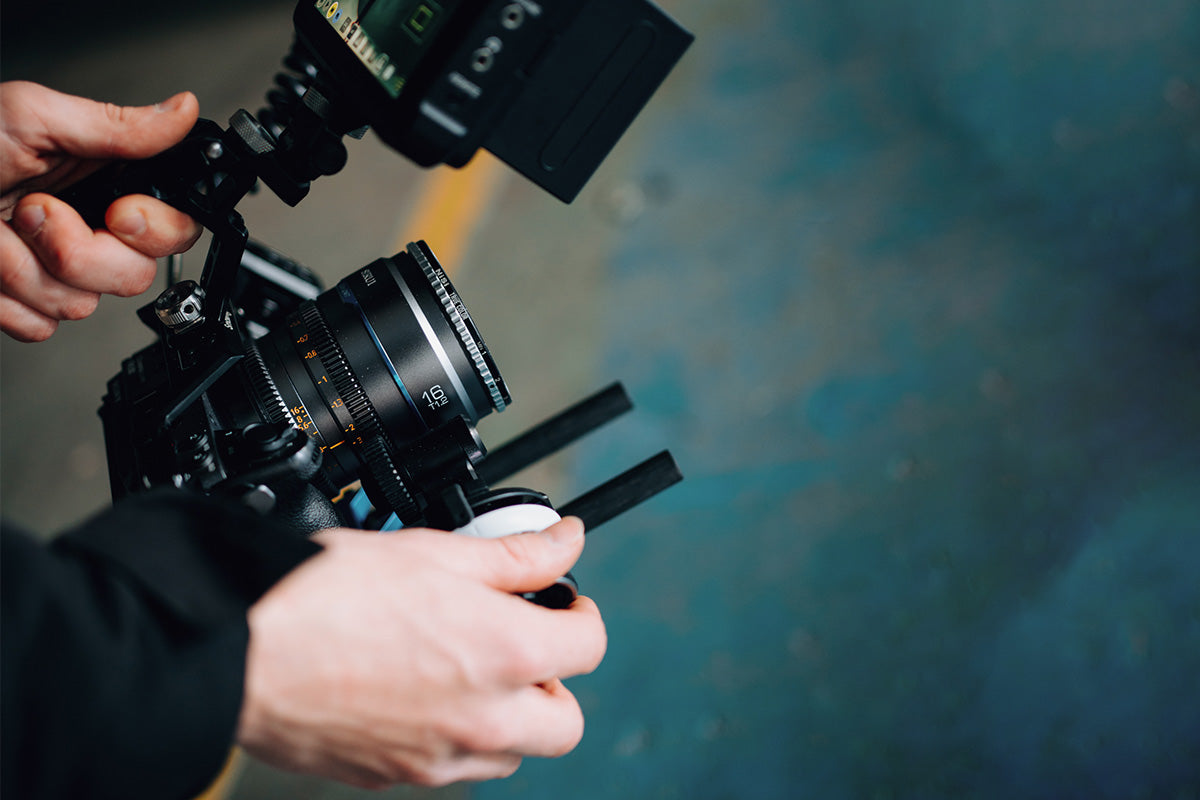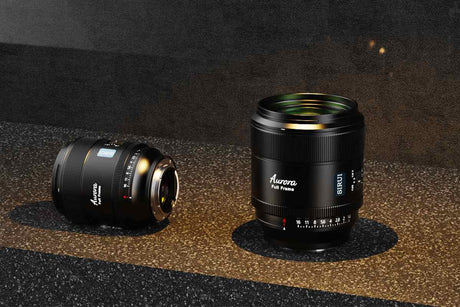What is a digital single-lens reflex camera and how does it work? Is it relevant for you as a content creator and is it worth investing in? Here you will learn everything in detail.
Before we delve into the digital single-lens reflex camera, it should be mentioned that DSLR camera technology has come a long way before reaching a new level of comfort and creativity. After being an industry standard for many years, this type of camera is now surpassed by newer technologies such as smartphones and mirrorless cameras. However, DSLRs still hold a strong position in the world of photography, especially in the professional field.
What is a digital single-lens reflex camera?
A digital single-lens reflex camera (DSLR) is a type of camera where light is directed onto the camera sensor using a mirror mechanism. This light is reflected by the camera lens into an optical viewfinder. This represents an advancement of earlier single-lens reflex cameras that recorded images directly onto a medium such as film. DSLRs, on the other hand, brought digital sensors that can store these images digitally. DSLRs allow the photographer to see in real time through the viewfinder what they want to capture. Previously, digital cameras relied solely on electronic displays, which did not allow users to see the captured image and caused delays. A typical DSLR consists of the following components:
1. Mirror housing: It reflects incoming light into the viewfinder, which is seen in the finished photo.
2. Image sensor: An electronic component in the camera that converts light into a digital image. There are various types, including APS-C, full-frame, etc.
3. Shutter: The opening of the camera lens controls the duration of light exposure on the sensor.
4. Bayonet: The opening in the camera body allows the use of different lenses for various purposes.
5. Pentaprism: A small optical element that directs the light coming from the mirror to the user's eye.
DSLRs also allow lens interchangeability and offer their users a wide range of professional controls, including manual controls, large image sensors for significantly better low-light shots, and post-processing functions. With the newer DSLR generation, users can now also create footage and photos in 4K and higher, create log profiles, and fully manually control video settings – a feature appreciated by those who invested in the DSLR ecosystem ten years ago.
Nevertheless, by 2025 many users have switched to mirrorless cameras, which are significantly more compact than classic DSLR cameras. However, many still prefer them due to their much more precise and consistent results. Additionally, they have more robust bodies than mirrorless cameras and often have longer battery life than their mirrorless counterparts. Furthermore, such cameras are of great importance to a large part of the photography community, especially for those who value optical viewfinders and compatibility with a variety of older lenses for professional use.
As more and more people switch to mirrorless cameras, it is also a good time to invest in DSLR cameras. These are becoming increasingly affordable while still offering the same photo and video quality as many modern mirrorless cameras.
Summary:
To answer the question of what a digital single-lens reflex camera is, it can be simply answered: It is a camera technology characterized by an optical viewfinder that reflects the image from the lens back into the photographer's eye using a mirror. These cameras have replaced the single-lens reflex technology that was limited to analog systems inside the camera body.
In DSLRs, the bayonet is the most important criterion. It is also important that a good lens significantly influences the final footage. Therefore, the SIRUI Night Walker T1.2 is the best investment in 2025 for anyone interested in DSLRs and professional video recording.
At an affordable price, you get a lens that offers exceptional performance even in difficult lighting conditions thanks to its ultra-fast T1.2 aperture. In addition, the S35 covers a wide range of DSLRs from various brands and meets the requirements of many photographers regarding lens mounts. Furthermore, the footage created with this lens meets industry standards with ultra-high sharpness, depth, and cinematic reproduction.





